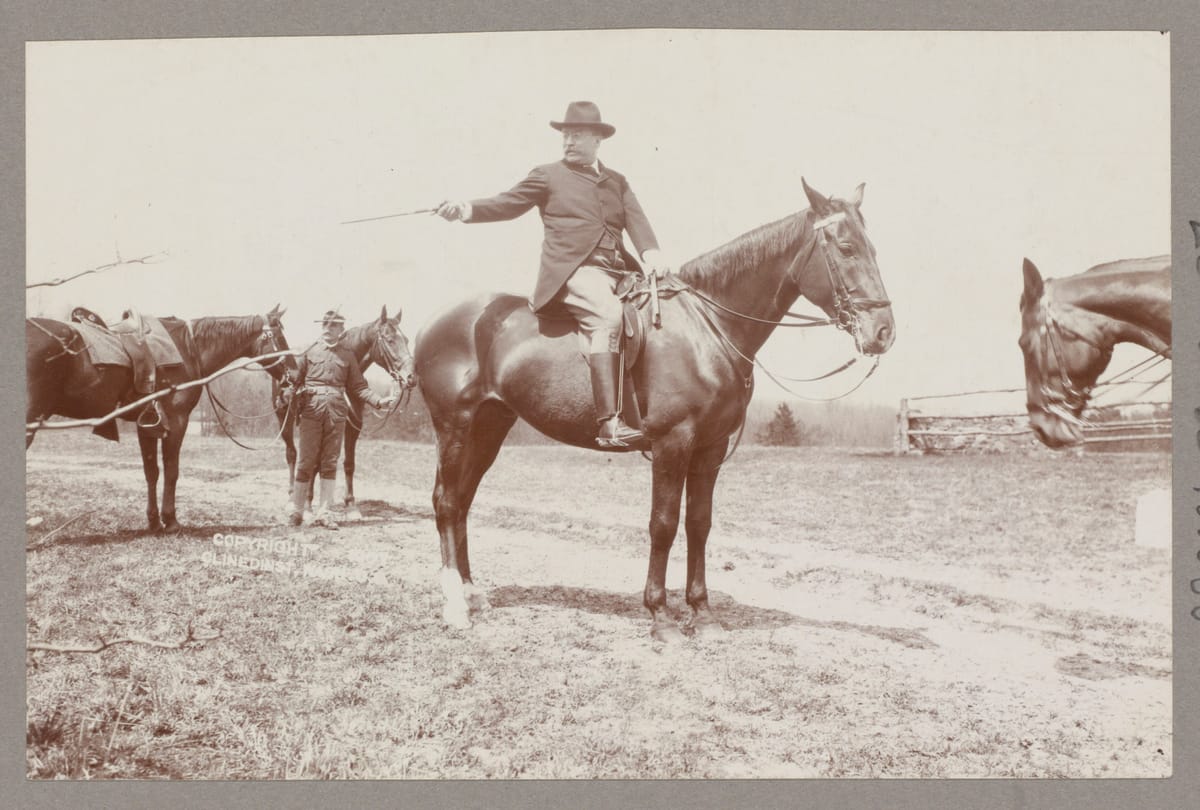What Kills Most Bills & What to Do About It

When I first came to D.C., an old timer told me that the most powerful force in that town could be distilled to one word.
And that word is coleslaw.
No. I kid.
The word is inertia. The devil you know is better than the devil you don't. Ugly though the status quo may be, at least it's familiar. And politicians run all kinds of risk - or perceive themselves as such - trying to shake it up.
Now plenty of politicians are show ponies. They drop messaging bills (more about this fascinating beast here), have a press conference, gin up a lot of social media ballyhoo. Introducing a bill is a cinch.
But passing a bill is a slog deluxe. That takes a workhorse who will plow a legislative path forward.
When Mitt Romney became a Senator, one of his new colleagues told him that only 20 Senators do all the work, the rest are "just along for the ride."
Being a workhorse in legislatures - from school board on up to Congress - is plain hard. It requires strategy, whip smart timing, building coalitions, calling in favors, currying favor so you have favors to call in. And doing all that with politicians, an unruly lot who often make decisions through the prism of power (will this build mine?) and re-election (will this help me with it?).
Nota bene: doing something is usually much tougher than stopping something from being done (the most active form of inertia since it's just another way of maintaining the status quo). It will always be easier to destroy something than create it.
What can we do about this fine kettle of (unproductive) fish?
Two things could be helpful. First, find the workhorses and second, buckle in for the long-haul.
How to Spot a Workhorse
A workhouse plays the inside and outside game: they can build smart coalitions of legislators to get bills across the finish line and shine a media spotlight on bills, as needed. Signs of a workhorse can include:
- They only introduce a few bills (though they may cosponsor a great many). My rule of thumb is the fewer bills they introduce, the more attention they intend to give to moving each bill.
- Their bills often have an original cosponsor in the other party (this is typically the case for Congress, though it might be less the case in one-party dominated state legislatures).
- Their bills move through - if not complete - the legislative process: get a Committee hearing, pass out of Committee, etc.
- Their bills aren't always headline-grabbing issues. Plenty of exceptions to this, of course. But workhorses are notorious for getting way deep in the weeds, making technical fixes.
- It also may be the case that they aren't the sharpest dresser or the best in front of a microphone, both signs they aren't super image-focused.
The top notch workhorse for our issue has skin in the game on it, ideally a vested constituent interest. You could have a real Clydesdale of a state Senator, but if she's in a landlocked district, our coastal restoration cause isn't a natural fit.
When we've identified our workhorse, we want the ask to come from a constituent. Politicians are beholden and most responsive to the folks who vote for them.
The politician might not initially jump at the chance to be our champion. Most workhorses do their due diligence, kick the tires on the issue, get a sense of where stakeholders and the Executive Branch are at. Or the timing might not be right because they're chest-deep trying to get their other bills through. So here's where the second piece is key.
Make Snacks, Stay Hydrated; This Is a Long Hike
Even with a herd of workhorses, policy change makes molasses look swift. Workhorses have to socialize key legislators to the bill, get the Committee of jurisdiction to take action on it (except in places like the Maine Legislature where every bill gets a hearing), whip votes so it can pass out of Committee, work with leadership to get it to the floor. And if it passed on the floor, you've got to rinse and repeat in the other chamber.
Of course this all gets more complicated if your workhorse's party is in the minority and doesn't control which bills get Committee action, come to the floor, etc.
Essential to sustaining the highs and lows of policymaking is spending the minimum amount of time making the maximum amount of impact. And we can do that by being on top of how policy is made so we know how and when to move the needle. We could start with...
- Knowing how to contact legislators
- Learning up the legislative process
- Building smart legislative relationships
- Getting a handle on how bills are funded
- Understanding how politicians think
- Speaking policy speak
Lastly, let's take winning care of ourselves. Even with the workingest workhorse, our issue may need a few (or more) legislative sessions to get traction. Far too many top notch pieces of policy fall by the wayside because the champions outside the legislature burned the candle at both ends until there was no wick left. I don't want that to be you, my friend.
Expect anything worthwhile to take a while, the designer Debbie Millman wrote. And, I'd add, having a good coleslaw recipe to tide you over never hurt.
